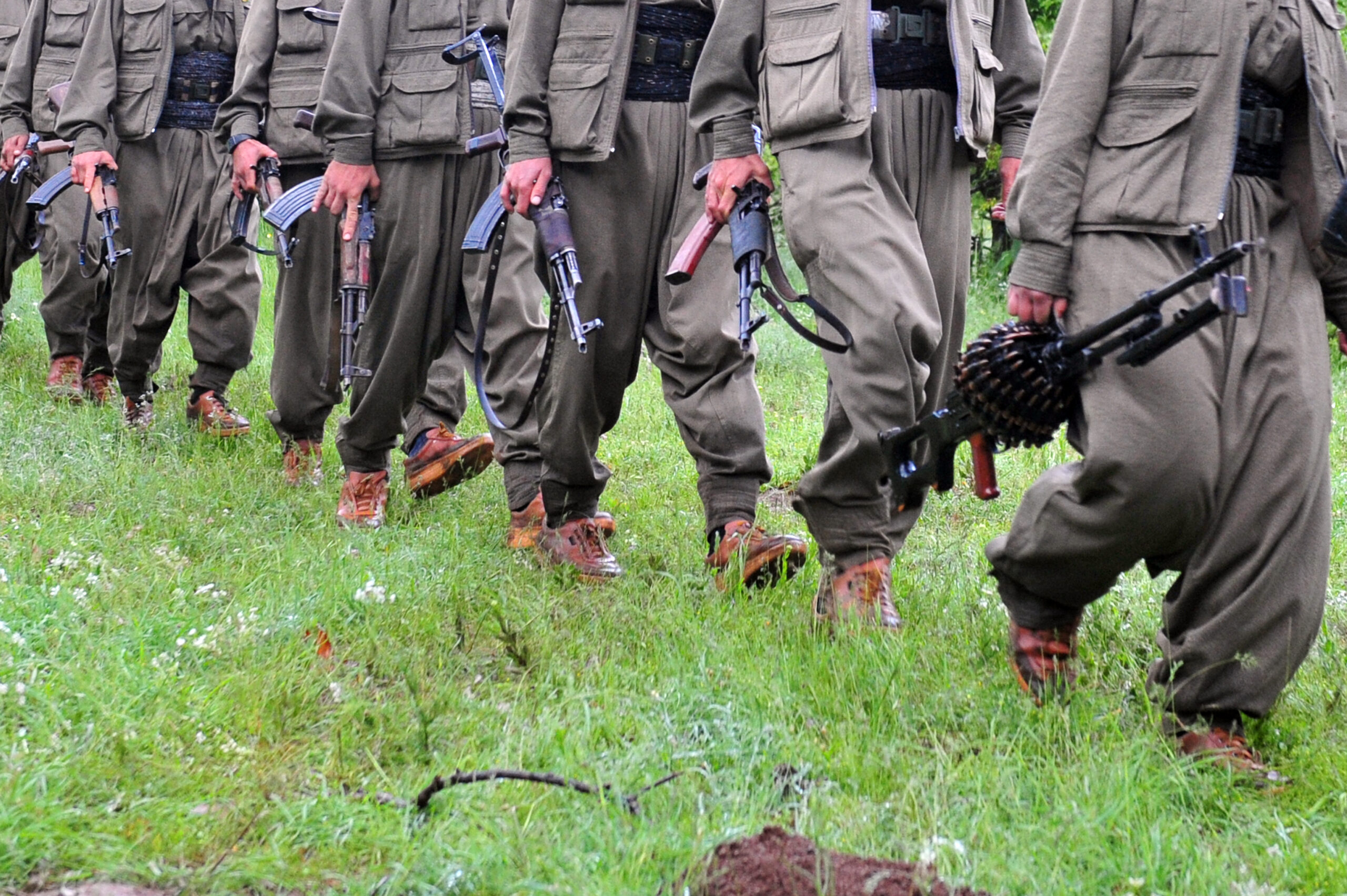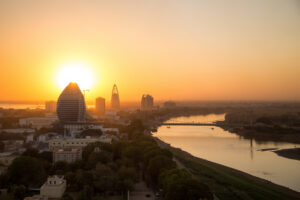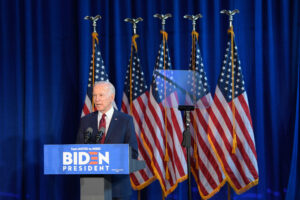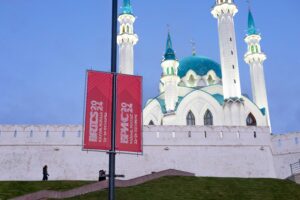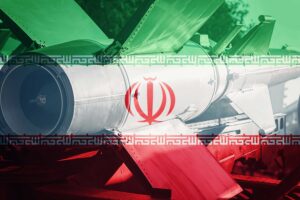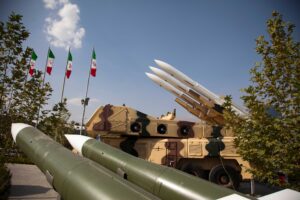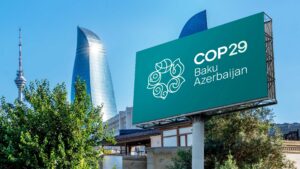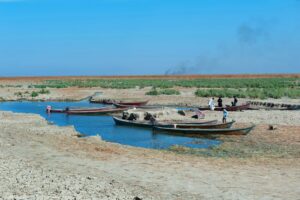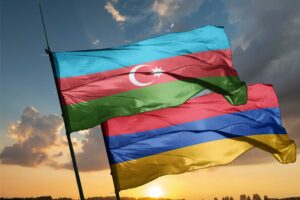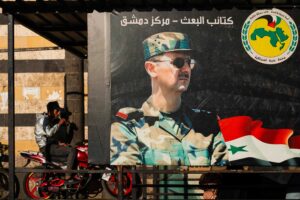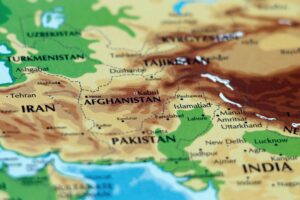Rebel leaders who fight to overthrow the government face a dilemma. On the one hand, they and their broader movement seek significant political change and have taken up arms because the government refuses to address their collective grievances and/or grant them autonomy. On the other hand, rebel leaders and their organizations seek to maximize their own political power, both during their insurgency and if/when the government falls. The tension between these external movement objectives and the internal organizational objectives is at the heart of every struggle in which self-interested actors fight alongside each other for a common cause.
When Zionist and Palestinian leaders fought for control of the Holy Land in the 20th century, they wanted to establish the states of Israel and Palestine, respectively, but they also wanted to be the ones to rule those new states. Because there were multiple rebel groups on each side—and therefore multiple individual leaders—their internal competition to lead their respective organizations as well as their shared movement led to a chronic collective action problem. When push comes to shove, which do rebel leaders prioritize: movement or organizational goals?[1]
Our understanding of political and business leaders is instructive. Politicians make speeches about lower taxes, better health care, and improved infrastructure. Corporate leaders talk about faster internet speeds, more fuel efficient cars, and locally sourced food. These are developments that would benefit the public. But we all know that the actions of these leaders are driven by something else: re-election and profit. The fields of electoral politics and economics are built on the assumption of self-interested actors prioritizing power. Observers seeking to understand the dynamics of uprisings and insurgencies would benefit from starting with a similar assumption, and look past the rhetoric of rebel leaders to the personal and organizational interests behind them.[2]
This focus on organizational interests over movement interests has often led to collectively counterproductive behavior.
For rebels across the Middle East, this focus on organizational interests over movement interests has often led to collectively counterproductive behavior. In the early years of the Algerian War of Independence, Algerian rebel groups killed more Algerian civilians—the people they claimed to represent—than they killed French soldiers, weakening their movement and hurting their reputation with the broader international community.[3] Rival Kurdish rebel groups like the Kurdistan Democratic Party (KDP) and Patriotic Union of Kurdistan (PUK) have fought each other in Iraq for decades, at times enlisting the aid of Saddam Hussein and foreign powers against each other and weakening their joint push for an independent Kurdish state. The mistrust and animosity arose during the Kurdistan Region referendum for independence in 2017: “There are some people within the PUK who are against an independent state of Kurdistan if it is announced at the hands of [KDP leader Masoud] Barzani.”[4]
When negotiating and accepting treaties, Zionist and Palestinian rebel leaders often placed more importance on their own power than what would benefit their people. For example, when the United Nations issued its plan for British withdrawal from the Palestine Mandate and an Israeli state in late 1947 (UN Resolution 181), the strongest Zionist militia, Haganah, accepted it while the weaker Irgun and Lehi rejected it. Lehi’s Nathan Yellin-Mor explained from a private discussion: “In the meeting with [Irgun leader Menachem] Begin I mentioned British evacuation as the plausible scenario… I suggested that we deliberate on the question whether, from our perspective, such an evacuation would be premature, as the underground organizations [Lehi and Irgun] had not come to the point where they could fill the governmental gap that would be created with the British evacuation. Would it not be worth our while, in light of this, to slow down the pace of [our] war, and acquire more time to consolidate power?”[5] Likewise, in September 1977, Palestinian leader Yasser Arafat had said that he would accept United Nations Resolution 242—which called for an Israeli withdrawal from the West Bank, Gaza, the Sinai, and the Golan Heights and a “just settlement” of the Palestinian refugee problem—if the United States promised the creation of a Palestinian state with him at the head. Otherwise, he would not accept the resolution because he was facing significant personal criticism, “blackmail,” and threats from Syria and the rival Palestinian groups it backed in the movement.[6]
So, when do leaders “solve” the collective action problem of rebellion? In short, when the best way they can help themselves is to help their movement. The key to this is the internal balance of power in a movement. When there are multiple significant factions, they will spend much of their time and resources fighting each other to climb the ladder, and, as demonstrated above, may even try to delay victory until they are ready to benefit most from it. Like a game of musical chairs, rebel leaders want to be seated in front of the vacant throne when the music stops and the war is won. When there is only one significant faction, it is solidly perched in front of the throne, with only the current seated government in its way. That dominant rebel organization—and its leader—can then best gain more power by defeating the government and replacing it. In other words, rebel leaders will never give up their pursuit of power, but when ‘What’s good for Algeria, Israel, or Palestine is good for the National Liberation Front (FLN), the Haganah, or Fatah,’ respectively, then collective military and political progress for the rebel cause is more likely to be made.
Rebel movements in the Middle East and beyond can struggle for decades to no avail as rival leaders spend more time fighting each other than the government.
This presents a puzzle: Do rebel leaders know this, and if so, why don’t they just structure their movements accordingly? From my time researching and interviewing many former rebel leaders across the Middle East, I can tell you that they generally agree with my argument; in fact, they often point to movement fragmentation as the source of their ills. The problem is that although they believe there should be a single dominant organization and leader, each also believes that the dominant organization should be his organization and the dominant leader should be him. And so rebel movements in the Middle East and beyond, like in Algeria and Eritrea, can struggle for decades to no avail as rival leaders spend more time fighting each other than the government, only to gain independence after their movement becomes hegemonic.[7]
This leads to the final paradox for rebels: the movement structure that is most likely to deliver victory is least likely to deliver democracy. Governments are more likely to fall when facing a hegemonic movement composed of a single dominant actor. But when that actor then moves to form a new government, its lack of rivals means that it has few restraints on its ability to shape the leadership and rules of the game to its benefit. This is why the FLN and Eritrean People’s Liberation Front (EPLF)—two groups who were hegemonic at the moment of victory—still dominate Algeria and Eritrea to this day, 58 and 27 years since independence, respectively.[8] Fragmented movements with multiple significant organizations and multiple prominent rebel leaders are primed for power-sharing and pluralism, but they are less likely to overthrow the existing government in the first place.
For liberal-minded rebel leaders (and their foreign and domestic supporters), choosing between victory and democracy is a significant challenge.
For authoritarian-minded rebel leaders, there is no paradox—this represents a win-win. For liberal-minded rebel leaders (and their foreign and domestic supporters), choosing between victory and democracy is a significant challenge. Without both, they may consider their struggle a failure. Like the tension between organizations and movements, can the tension between rebel victory and democracy be solved? Strong liberal institutions built within the movement before victory provide the greatest hope—if they can survive the downfall of the regime. These institutions channel competition into ballot boxes rather than bullets, and they make it more difficult for a rebel leader to simply ban or jail competitors. Decades of institution-building and elections among the Zionists helped ensure that even though the Haganah and its political allies in Labor dominated Israel for its first three decades—and broke up and repressed some rival groups in the early years of the state—there was always a robust opposition. In this case, that opposition (the Israeli right) peacefully took over leadership in the country by electoral means when the political winds changed in 1977. Should the Kurds gain greater autonomy or full independence in Iraq or Syria, their growing liberal institutions make the emergence of democracy more likely, even though the Kurdish national movements in both countries are fragmented among multiple significant organizations.[9] Largely nonviolent struggles may perform even better in this respect.[10] In the aftermath of the uprising that overthrew President Zine El Abidine Ben Ali, Tunisian leaders wrote a new, liberal constitution and have conducted multiple free and fair elections that led to peaceful transfers of power. A violent crackdown and uprising would have more likely yielded an insurgent hegemon less constrained and less inclined to promote such a pluralistic democracy.
Rebellion is far from a perfect science, and those who lead it face a variety of personal and political challenges. The most important to understanding and (humbly) predicting their actions and outcomes is the tension between pursuing power and pursuing victory—and when that can be overcome. For those aiming to counter rebel leaders, the situation is no less murky. If they aim to stop the violence emanating from a rebellion, then pushing for movement hegemony is the best path. But such hegemony makes it more likely that the dominant organization will overthrow the government that they support and proceed to rule the state in a non-democratic fashion. Perhaps the most valuable realization for observers on all sides of rebellion is that power, violence, victory, and democracy rarely all go together in the way they would prefer. Recognizing these trade-offs from the outset will make for the best analysis of the complex and contentious reality of rebel leadership.
[1] For a more in-depth presentation of the theory and evidence behind the arguments in this article, see Peter Krause, Rebel Power: Why National Movements Compete, Fight, and Win (Ithaca, N.Y.: Cornell University Press, 2017).
[2] Scholars of civil war and insurgency have been doing this in earnest over the past two decades. Stathis Kalyvas, The Logic of Violence in Civil War (Cambridge: Cambridge University Press, 2006); Kathleen Gallagher Cunningham, Kristin Bakke, and Lee Seymour, “Shirts Today, Skins Tomorrow Dual Contests and the Effects of Fragmentation in Self-Determination Disputes,” Journal of Conflict Resolution 56, no. 1 (2012): 67–93; Fotini Christia, Alliance Formation in Civil Wars (Cambridge: Cambridge University Press, 2012).
[3] Peter Krause, “The Structure of Success: How the Internal Distribution of Power Drives Armed Group Behavior and National Movement Effectiveness,” International Security 38, no. 3 (Winter 2013): 107.
[4] Kamal Chomani, “Push for Kurdish Independence Divides Iraqi Kurds,” Al-Monitor, July 9, 2014.
[5] Meir Pa’il and Yurman Pinhas, The Test of the Zionist Movement 1931-1948: The Authority of the National Leadership Against the Dissidents [Hebrew] (Tel Aviv: Cherikover, 2004), 240.
[6] William Quandt, “Meeting with Author,” May 9, 2015; “Memorandum from William Quandt of the National Security Council Staff to the President’s Assistant for National Security Affairs (Brzezinski),” September 19, 1977, 1977–1980 Vol. VIII, Arab-Israeli Dispute, January 1977–August 1978, Document 103, Foreign Relations of the United States.
[7] Peter Krause, “Coercion by Movement: How Power Drove the Success of the Eritrean Insurgency, 1960-1993,” in Coercion: The Power to Hurt in International Politics, ed. Peter Krause and Kelly Greenhill (New York: Oxford University Press, 2018), 138–59. One could point to the 2011 uprising in Egypt as an exception, as President Hosni Mubarak was overthrown in short order by a broad coalition of actors with no dominant leader. But the aftermath demonstrates that this is an exception that proves the rule: The lack of strong rebel organizations and clear leaders meant that the movement could not solidify its victory, as it then lost out to the two strongest organizations in the country—the Muslim Brotherhood and the Egyptian Army.
[8] The EPLF changed its name after victory, but it was still the same organization led by the same individual, Isaias Afwerki.
[9] Sam Biasi and Peter Krause, “The Two Faces of Kurdistan: Nationalism vs. Communalism,” Political Violence at a Glance, August 20, 2020, https://politicalviolenceataglance.org/2020/08/20/the-two-faces-of-kurdistan/.
[10] Erica Chenoweth and Maria J Stephan, Why Civil Resistance Works: The Strategic Logic of Nonviolent Conflict (New York: Columbia University Press, 2011).


